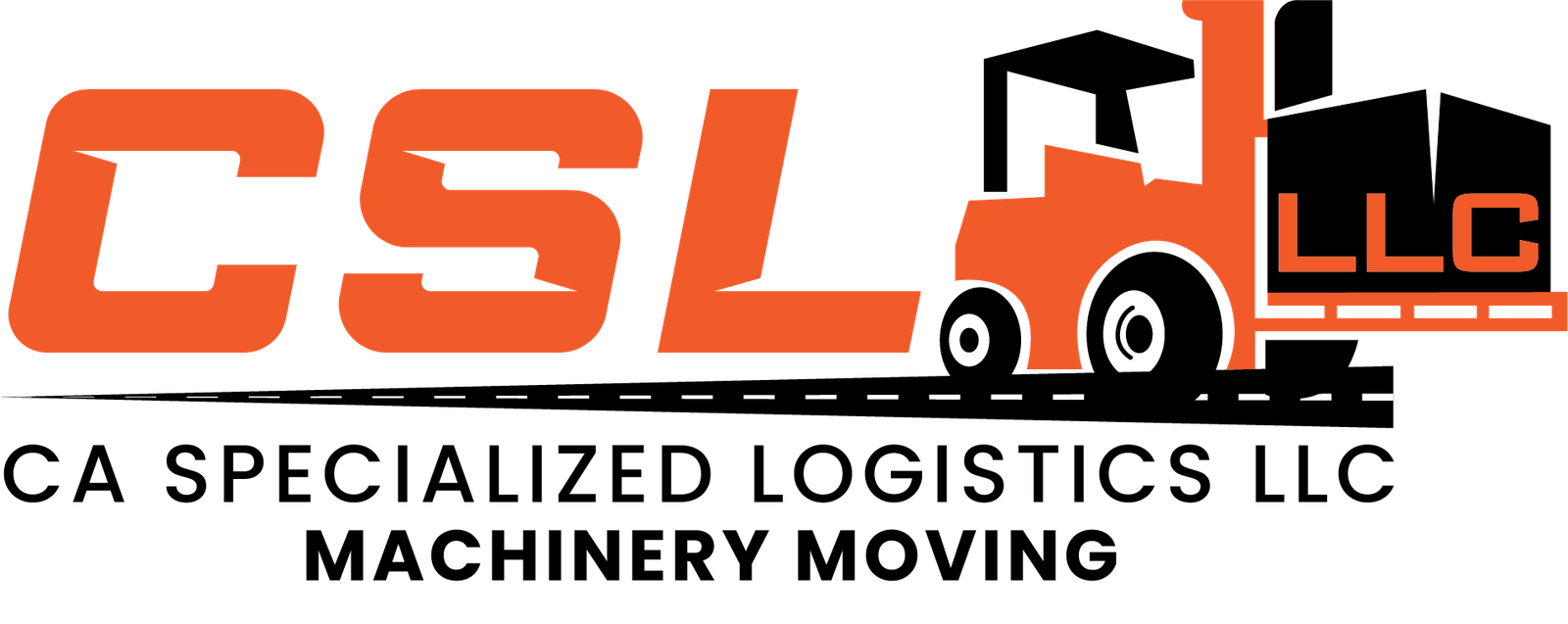Avoiding Common Heavy Hauling Pitfalls: Tips from Industry Experts
Heavy equipment hauling requires careful planning, expertise, and attention to detail. Transporting large machines, including excavators, bulldozers, and cranes, requires a methodical approach to ensure everything goes smoothly and efficiently. Even the smallest mistakes can create substantial errors that cause unnecessary delays, damaged equipment, or dangerous situations.
Let’s look at the most common heavy equipment hauling mistakes encountered by transportation professionals and how to avoid these errors.
By identifying the issues and offering suggestions to mitigate those mistakes, we hope to provide better helpful insight and empower you to comprehend and navigate the heavy equipment transport process more effectively.
1. Poor Planning Leads to Costly Setbacks
One of the most significant mistakes in heavy equipment transport is improper planning. Not evaluating the route, equipment size, and weight capacity can cause issues along the way.
How to Avoid It:
- Perform a Route Survey: Prior to any haul, perform a complete route survey. Assess road conditions, bridge weight restrictions, and any possible hindrances like low-hanging power cables or sharp turns.
- Plan for Permits: Heavy equipment transport usually demands special permits. Investigate the required documents for the intended routes and make sure all permits are obtained well ahead of time.
2. Imbalanced Weight Distribution Increases Risk
Improper weight distribution during heavy machinery transport on the trailer can lead to instability. Overloading one side can cause the trailer to sway, increasing the risk of accidents.
How to Prevent It:
- Distribute Weight Evenly: Make sure the weight is evenly distributed across the trailer’s axles. Adjust the positioning of the equipment as needed to achieve balance.
- Consult Weight Limits: Familiarize yourself with the weight limits of both the trailer and the towing vehicle. Never exceed these limits to maintain safety.
3. Neglecting Safe Loading and Unloading Practices
Loading and unloading heavy equipment is often where accidents occur. Underestimating these procedures can lead to equipment damage or personal injury.
How to Prevent It:
- Utilize Professional Operators: When possible, employ skilled operators to handle oversized load transportation and unloading. Their expertise can significantly reduce risks.
- Follow Manufacturer Guidelines: Always adhere to the manufacturer’s instructions for loading and unloading equipment. This includes using ramps and ensuring proper weight distribution during the process.
4. Ignoring Weather Conditions Can Lead to Hazards
Weather can significantly impact heavy equipment hauling. Rain, snow, and strong winds can create hazardous conditions that increase the risk of accidents.
How to Prevent It:
- Check Weather Forecasts: Always review the weather forecast before transporting equipment. If adverse weather conditions are predicted, consider postponing the transport or adjusting the route.
- Adapt Driving Techniques: In inclement weather, slow down and adjust your driving style to ensure safety. Increase following distances and remain vigilant for changing road conditions.
5. Miscommunication Causes Operational Delays
Poor communication can lead to misunderstandings and mistakes during the hauling process. This is especially true when coordinating with multiple parties, such as drivers, operators, and dispatchers.
How to Prevent It:
- Establish Clear Communication Channels: Create a communication plan that details how information will be shared among team members. Use two-way radios or mobile devices to stay connected throughout the transport.
- Conduct Briefings: Before starting the transport, hold a briefing to ensure everyone is on the same page regarding the route, equipment handling, and any special considerations.
6. Selecting the Wrong Towing Equipment Causes Failures
Using inadequate towing equipment can fail during transport, leading to delays and potential hazards. Selecting the wrong type of trailer or towing vehicle can create serious challenges.
How to Prevent It:
- Assess Equipment Needs: Evaluate the specific requirements for your haul, including weight, size, and dimensions. Choose towing equipment that meets or exceeds these specifications.
- Consult with Experts: If unsure, consult with a heavy equipment hauling and towing company for guidance on the best equipment for your needs. Their expertise can help you make informed decisions.
7. Insufficient Training Puts Operators and Equipment at Risk
Operators who lack training may not understand how to handle heavy equipment properly, leading to accidents and equipment damage. Ensuring that all personnel are adequately trained is essential.
How to Prevent It:
- Provide Comprehensive Training: Invest in training programs for all operators involved in heavy equipment hauling. This should include safety protocols, equipment handling, and emergency procedures.
- Conduct Regular Refresher Courses: To ensure ongoing safety, schedule regular refresher courses for operators. This helps maintain skills and keeps everyone updated on best practices.
8. Skipping Routine Maintenance Causes Avoidable Breakdowns
Neglecting routine maintenance on towing equipment can lead to breakdowns and accidents during transport. Regular checks are necessary to ensure everything is functioning properly.
How to Prevent It:
- Implement a Maintenance Schedule: Establish a routine maintenance schedule for all towing vehicles and trailers. Regularly check brakes, lights, and tires to prevent failures.
- Conduct Pre-Trip Inspections: Always perform a pre-trip inspection of the towing equipment before departure. Address any issues promptly to avoid complications on the road.
Partner with California Specialized Logistics for Dependable Heavy Hauling
We comprehend logistics complexity, permission, and secure transport, qualifying us as the preferred solution provider for companies demanding smooth hauling services.
Rely on California Specialized Logistics, LLC for efficient, trouble-free heavy equipment transport service. Call today to learn how our services will work for you and receive premium service you can count on.
